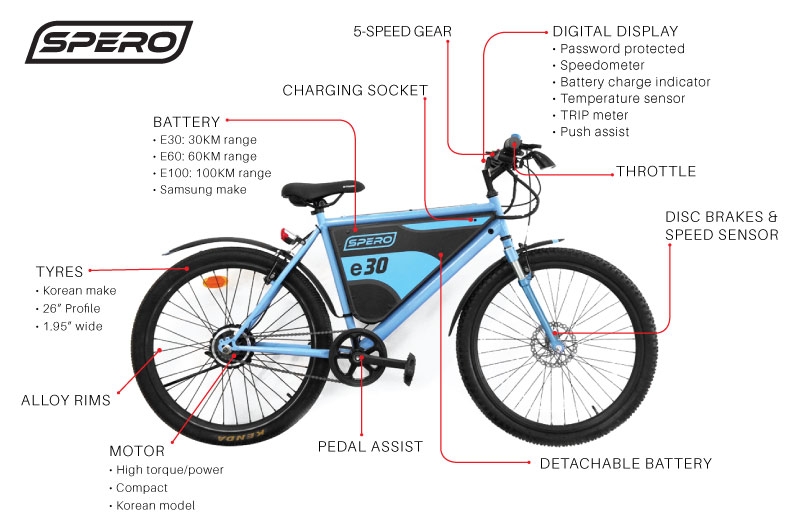Familiarize Yourself With The Laws In Your Area To Make Sure Risk-Free And Legal E-Bike Riding
Familiarize Yourself With The Laws In Your Area To Make Sure Risk-Free And Legal E-Bike Riding
Blog Article
Content Create By-Spivey Hebert
Before you get on your e-bike and struck the streets, it's important to recognize the regulations and policies that govern your city. From speed limitations to assigned riding locations, there's a great deal to think about to guarantee you're certified and safe. By familiarizing yourself with the policies particular to e-bikes, you'll be better equipped to appreciate your trips with no unforeseen lawful concerns. Keep tuned to uncover key insights that will assist you browse the e-bike landscape in your city effortlessly.
Understanding E-Bike Category
When it pertains to browsing the realm of e-bike laws and guidelines, an important starting point is comprehending the classification system that categorizes these electrical bicycles. E-bikes are usually categorized into 3 major classifications: Class 1, Course 2, and Course 3.
Course 1 e-bikes are pedal-assist only, suggesting they give aid while the cyclist is pedaling and have a maximum speed of 20 miles per hour. These bikes are allowed in locations where conventional bikes are allowed.
Class 2 e-bikes are geared up with a throttle that can drive the bike without pedaling. They likewise have a maximum speed of 20 miles per hour and are suitable for bikers that may require support without pedaling constantly.
Class 3 e-bikes resemble Class 1 yet with a greater maximum speed of 28 mph. These bikes are often limited from particular bike paths or routes as a result of their greater rates.
Comprehending these categories is important for following local guidelines and guaranteeing a risk-free and satisfying e-biking experience.
Browsing Rate Restrictions and Restrictions
To successfully navigate e-bike laws and guidelines, it's crucial to understand the rate limitations and restrictions that relate to various courses of electrical bikes.
Speed limits for e-bikes differ depending on the classification of the bike. Class 1 e-bikes, which are pedal-assist just and have a maximum speed of 20 miles per hour, are usually permitted on bike lanes and courses.
https://fattireebiketires97531.liberty-blog.com/33170289/unearth-the-extraordinary-facets-that-will-certainly-transform-the-means-you-experience-e-biking -bikes, which have a throttle along with pedal-assist and also get to speeds of approximately 20 mph, might be restricted in particular areas where motorized vehicles aren't permitted.
Course 3 e-bikes, with pedal-assist up to 28 miles per hour, are normally needed to comply with the exact same policies as standard bicycles.
It is necessary to comply with these speed limitations and restrictions to guarantee your security and the safety of others when traveling. Prior to riding your e-bike, acquaint yourself with the certain regulations in your city to avoid any possible penalties or lawful problems.
Where to Trip Your E-Bike
To figure out where you can ride your e-bike, it's necessary to recognize the regulations and guidelines particular to your location. In most areas, e-bikes are usually enabled on roads and roads where standard bikes are allowed. did the e-bike tax credit pass may consist of bike lanes, bike paths, and shared streets. Nevertheless, it's critical to inspect neighborhood regulations as some cities might have specific limitations on where e-bikes can be ridden.
When riding your e-bike, always prioritize security by complying with web traffic guidelines and respecting pedestrian sidewalks. Additionally, be mindful of any type of marked bike lanes or courses in your area and use them whenever possible to make sure a smoother and safer trip.
Some cities also have policies relating to e-bike usage on sidewalks, so make certain to acquaint on your own with these regulations to prevent any kind of penalties or fines.
Conclusion
Now that you're familiar with the regulations and regulations surrounding e-bikes in your city, you can confidently hit the trail recognizing where you can ride and what constraints relate to your e-bike classification. Keep in mind to always prioritize safety and security and adhere to the rules to guarantee a smooth and lawful adventure. Satisfied riding!
